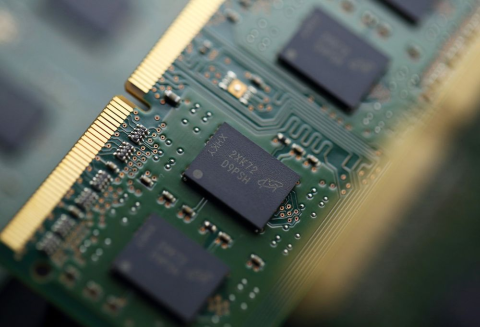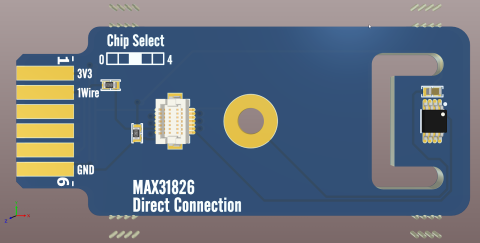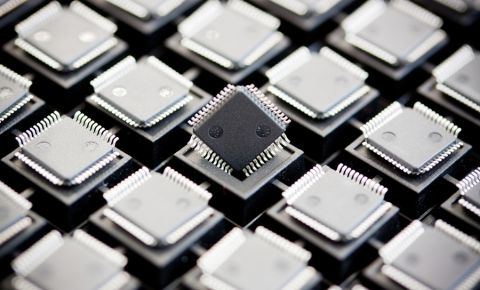Not All PCB Design Birds Are Meant to Fly
Table of Contents
Initial Experiences With Up-and-Coming PCB Design Brands
Like many new engineers, I immediately discovered if I wanted to experience all aspects of design I needed to take it upon myself to learn. Given my use of Unix at work, I became an avid Linux user. At that time, with the growing popularity of Windows, the majority of CAD tools were Unix based. Linux EDA tools were practically nonexistent with the exception of one - Eagle. The quirky free PCB software and I quickly became friends and began to design some interesting projects together. Even with its limitations, we had a clear understanding of one another, which held expectations in check. As the years went on, Eagle grew in popularity and the price for use increased as functionality expanded. I, like many others, was more than happy to pay, as the long-time relationship forged with the software and community justified the expense.
Today, Eagle has become a mainstay for many personal and professional engineers. It provides a cost-effective platform for individuals like myself to express themselves in an art that was either studied or self-taught. Over the past few years, Eagle has changed ownership two times - from Cadsoft to Farnell, and now Autodesk. Throughout this duration, there have been fluctuations in price and license model, but for the most part, any change was palatable. Most recently, Autodesk announced the shift from an Eagle perpetual to a subscription-based license model. This not only forces users who have already paid for the software to ante up once again but also requires a connection to the Autodesk server every 14 days to keep the license. The decision has left many of us disheartened and wondering what the meetings were like that justified the logic.
Measuring Cost, Output and Viability When Comparing Various Platforms
Obviously, the SaaS (software as a service) license model is not new and is utilized across numerous products. Microsoft, Adobe, and SalesForce are just a few recognized names that are commonly used as examples. I can honestly say I’m not against SaaS and understand the philosophy of initial cost of ownership, maintenance, and timed use. When well-thought-out it provides otherwise unaffordable software to the masses. There are a number of variables to consider when adopting SaaS, but on the simplest level, companies typically measure the perpetual ownership against the term to ensure the correct balance - the shoe has to fit the buyer.
Given the new model, an Eagle professional license that was purchased four years ago for $1700 now costs $65 per month. Simple math suggests the monthly cost during the ownership period of four years is $35.41 per month, meaning the new price is almost double, not including the original purchase amount. This figure obviously varies from individual to individual, but most Eagle users that I know have owned the software for years - myself included! Like many of you, I have decided to part ways with my old staple.
Fortunately, there are a number of alternatives ranging from free to expensive. Here are some things you should consider when looking at possible replacements:
-
Free is not free - Solutions with a zero price tag always move to the top of our list. But in many cases, these products are limited, forcing workarounds or manual intervention. By nature, we’re frugal beings and would rather spend our hard-earned dollars on personal or life-changing things. Think about what you spend on a bottle of water or a cup of coffee - everything is perspective.
-
Proven - Who makes the product and what is their track record? Will they be around for years to come and continue to maintain and support the product? Is the product still going to be around?
-
Technology - As IC technology increases, board densities increase, components get smaller, MCAD complexity expands, and manufacturing and materials change; today’s tools must accommodate new levels of automation, collaboration, and integration. Product providers must adjust the software to accommodate these trends with the user in mind.
-
Ease of use - The software user experience should constantly change to meet user behavior and needs. Much of the existing software is modeled after DOS and Unix solutions. Designers today expect software controls to be intuitive and communicative.
-
Design Rules - Basic ERC and DRC were once suitable, but modern designs have a multitude of physical, electrical, mechanical, and manufacturing constraints that have to be considered and verified.
-
Placement & Routing - Any designer will tell you component placement and routing take the most time. Components are no longer placed on a PCB product feature matrix and the miniaturization of small board sizes requires routers with sophisticated routines to aid with track completion.
-
Documentation - What you capture is still virtual and requires robust outputs to translate the concept to reality -, assembly/fabrication drawing, 3D, etc... Manufacturing outputs continue to expand beyond Gerber - ODB++, IPC-2581, GerberX.
Making Fundamental Choices When Identifying Individual Design Needs
Many of you may associate my name with the Altium brand of PCB products feature matrix. You're asking yourself, “why in the world would he be an Eagle user?” Given my career, I’ve been fortunate enough to use a multitude of design software. I believe each product in its own right has a place and application in this industry. For me, Eagle is symbolic of my start in electronics, being the first platform in which I completed a design from concept to manufacturing. I’m still an avid user of various design software today, and I came to Altium with the intent to help make better products for anyone who has a passion for design.
Want to see how EAGLE stacks up against Altium Designer®? Compare EAGLE to Altium products in a feature comparison chart.


















